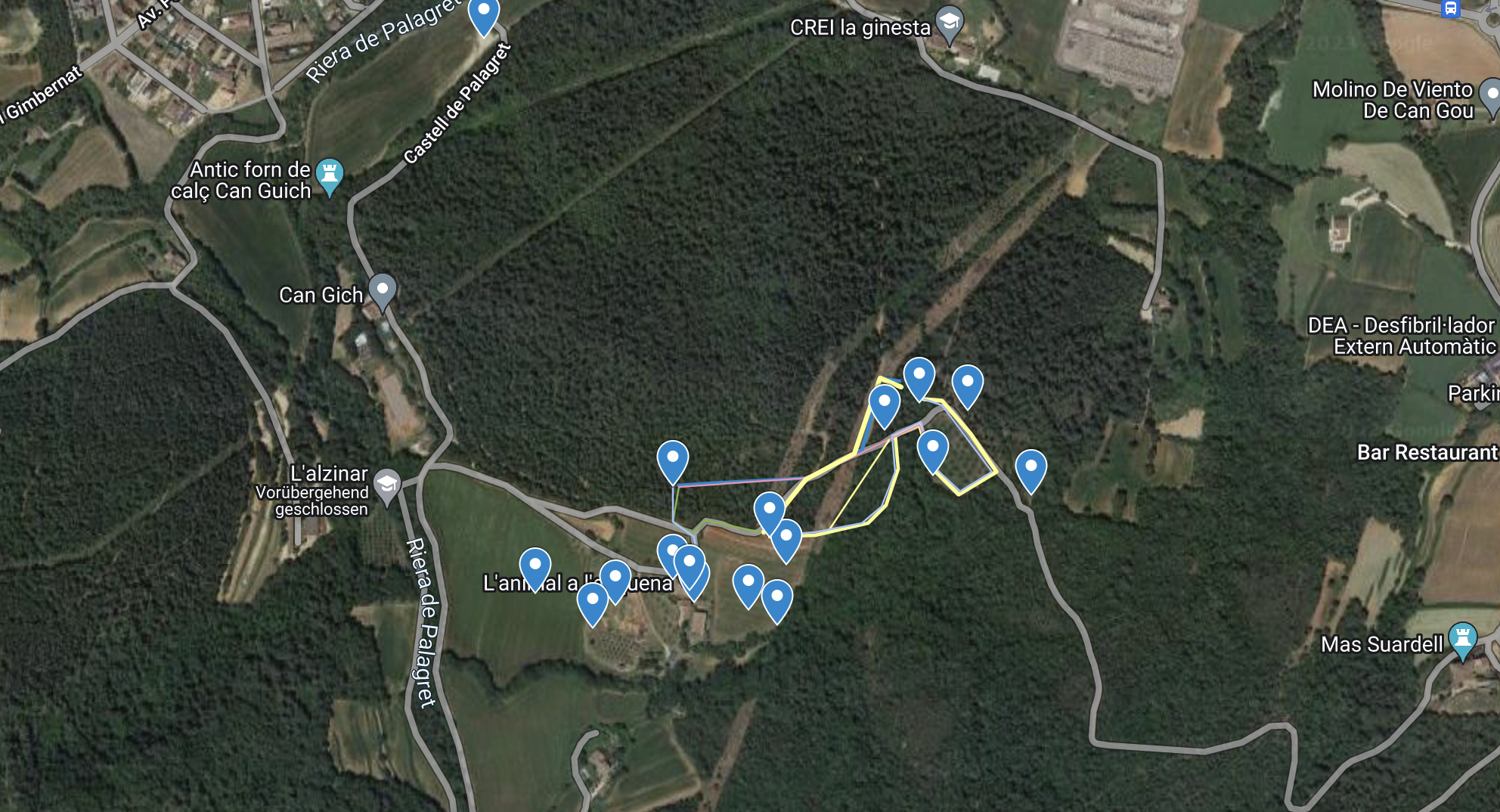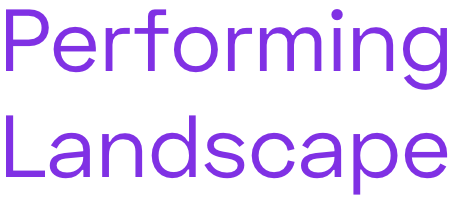Temporada Alta
Spain
Temporada Alta is a performing arts festival that takes place mainly in the cities of Girona and Salt between the months of October and December. The festival is a window open to the world and a meeting point between the Catalan and international scene, a space for the display of theatre proposals and a platform for supporting the creation and production of shows, an impeller of the professional exchange networks.
The festival has worked and succeeded on bringing to the spaces that Temporada Alta proposes audiences from all over the region. Temporada Alta happens in Girona, a medium size town wich is the biggest of a very rural region, so the access of culture to rural areas and population is an interest for the festival and Performing Landscapes will help us on this objective of exploring new territories and audiences.
Shared Landscapes is a natural step on this work of bringing citizens to culture in very different spaces and ways. On the other side, proposing the artists new ways to work on a more environment friendly ways is a natural step on the evolution of the festival, that in the last years is thinking and working on sustainability.
A territory for Shared landscapes | October 2024:
L'animal a l'esquena
A territory for Shared landscapes | October 2024:
L'animal a l'esquena
Temporada Alta takes place in Girona and diverse medium towns on the province of Girona (which is not an area with big cities). One of them, Celrà, is home to our Shared Landscapes project, specifically at Animal a l’esquena, a private outdoor estate amidst a rich natural mountainous environment: Les Gavarres.
Animal a l’esquena is a space coordinated by the artists María Muñoz and Pep Ramis, directors of the Mal Pelo dance company, serves as both aresidence and acentre of experimentation for creative groups and different projects.
It is therefore an ideal outdoor space for the Shared Landscapes project. Celrà and the area of Les Gavarres are a mix of medieval heritage with castles and towers and natural landscape between the river Ter and the mountains, as well as deep industrial links with its limestone kilns, tile manufacturers and iron mines.
Animal a l’esquena is a space coordinated by the artists María Muñoz and Pep Ramis, directors of the Mal Pelo dance company, serves as both aresidence and acentre of experimentation for creative groups and different projects.
It is therefore an ideal outdoor space for the Shared Landscapes project. Celrà and the area of Les Gavarres are a mix of medieval heritage with castles and towers and natural landscape between the river Ter and the mountains, as well as deep industrial links with its limestone kilns, tile manufacturers and iron mines.
The region is surrounded by gentle, rolling hills contain metamorphic rocks: slate, schist and granite. It's an exceptional and unique landscape, a green lung for Gironès county, home to countless animal and plant species, hermitages, bridges, megalithic remains or medieval ruins, all of which enrich the region's natural heritage and make it an idyllic place with a wealth of landscapes.
This region was declared an Area of Natural Interest in 1992. The highest point above sea level is the Pic de la Gavarra, at 537 metres, but it is not generally an area of steep hills. The landscape is almost entirely covered in woodland, with a few farns and hamlets. Most of the woodland is made up of holm oaks, which are typically Mediterranean, as well as the all-important cork oak.
This region was declared an Area of Natural Interest in 1992. The highest point above sea level is the Pic de la Gavarra, at 537 metres, but it is not generally an area of steep hills. The landscape is almost entirely covered in woodland, with a few farns and hamlets. Most of the woodland is made up of holm oaks, which are typically Mediterranean, as well as the all-important cork oak.
Les Gavarres also contains a large number of megalithic remains. Of particular note are the dolmen at Cova d'en Daine and the Menhir de la Murtra. There are also medieval, pre-Roman and Roman remains, such as the castle of La Bisbal and the village of Millars, a strange, hidden spot well worth a visit to discover centuries gone by with all the comforts and technology of today.
Finally, the region boasts a network of paths and tracks for walking and mountain biking, as well as signposted routes linking the various points of interest. Some of these climb high enough to offer fabulous views over the whole region.
Finally, the region boasts a network of paths and tracks for walking and mountain biking, as well as signposted routes linking the various points of interest. Some of these climb high enough to offer fabulous views over the whole region.

L’animal a l’esquena, Celrà i les Gavarres
Shared Landscapes takes place in Celrà, specifically at L’Animal
a l’esquena, a space coordinated by artists María Muñoz and Pep Ramis. It is a residence and experimentation center for creative groups and diverse projects. It is set within a private outdoor estate amidst a rich natural mountain environment: Les Gavarres.
a l’esquena, a space coordinated by artists María Muñoz and Pep Ramis. It is a residence and experimentation center for creative groups and diverse projects. It is set within a private outdoor estate amidst a rich natural mountain environment: Les Gavarres.
Celrà and the Gavarres area are a mix of medieval heritage with
castles and towers and natural landscapes between the Ter river and
the mountain, with deep industrial roots through their limestone kilns,
tile manufacturers, and iron mines. The region is surrounded by gently
rolling hills containing metamorphic rocks: slate, schist, and granite. It
is an exceptional and unique landscape, a green area for the Gironès
region, with countless animal and plant species that enrich the
natural heritage of the area and make it an idyllic place with a great
variety of landscapes.
This region was declared a Natural Area of Interest in 1992. The
highest point above sea level is the Puig de la Gavarra, at 537 meters,
but it is generally not an area of steep hills. The landscape is almost
entirely covered with forests, with some fields and farmhouses.
The flora of Les Gavarres is varied and rich. Holm oak and cork oak forests predominate, accompanied by pines and oaks in higher areas. Mediterranean shrubs, with species such as heather, strawberry
tree, and mastic, cover the underbrush. Additionally, aromatic plants like rosemary and thyme abound. This vegetation mosaic creates a unique landscape, vital for the conservation of the local biodiversity.
The flora of Les Gavarres is varied and rich. Holm oak and cork oak forests predominate, accompanied by pines and oaks in higher areas. Mediterranean shrubs, with species such as heather, strawberry
tree, and mastic, cover the underbrush. Additionally, aromatic plants like rosemary and thyme abound. This vegetation mosaic creates a unique landscape, vital for the conservation of the local biodiversity.





















